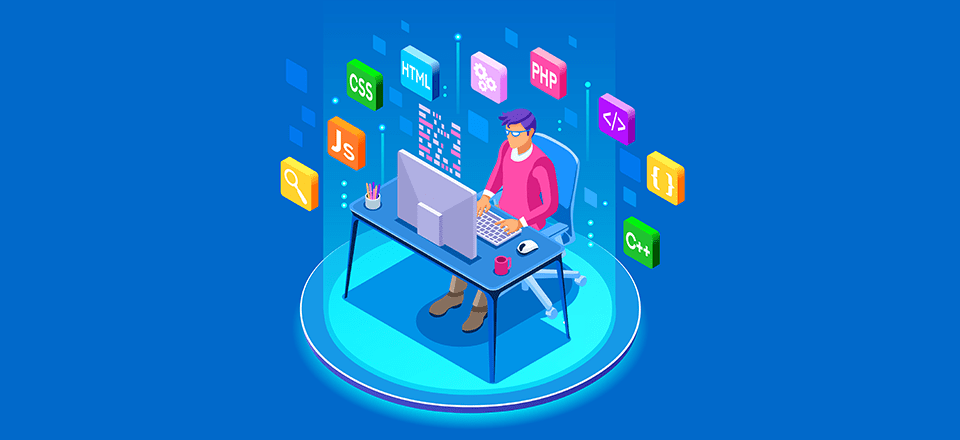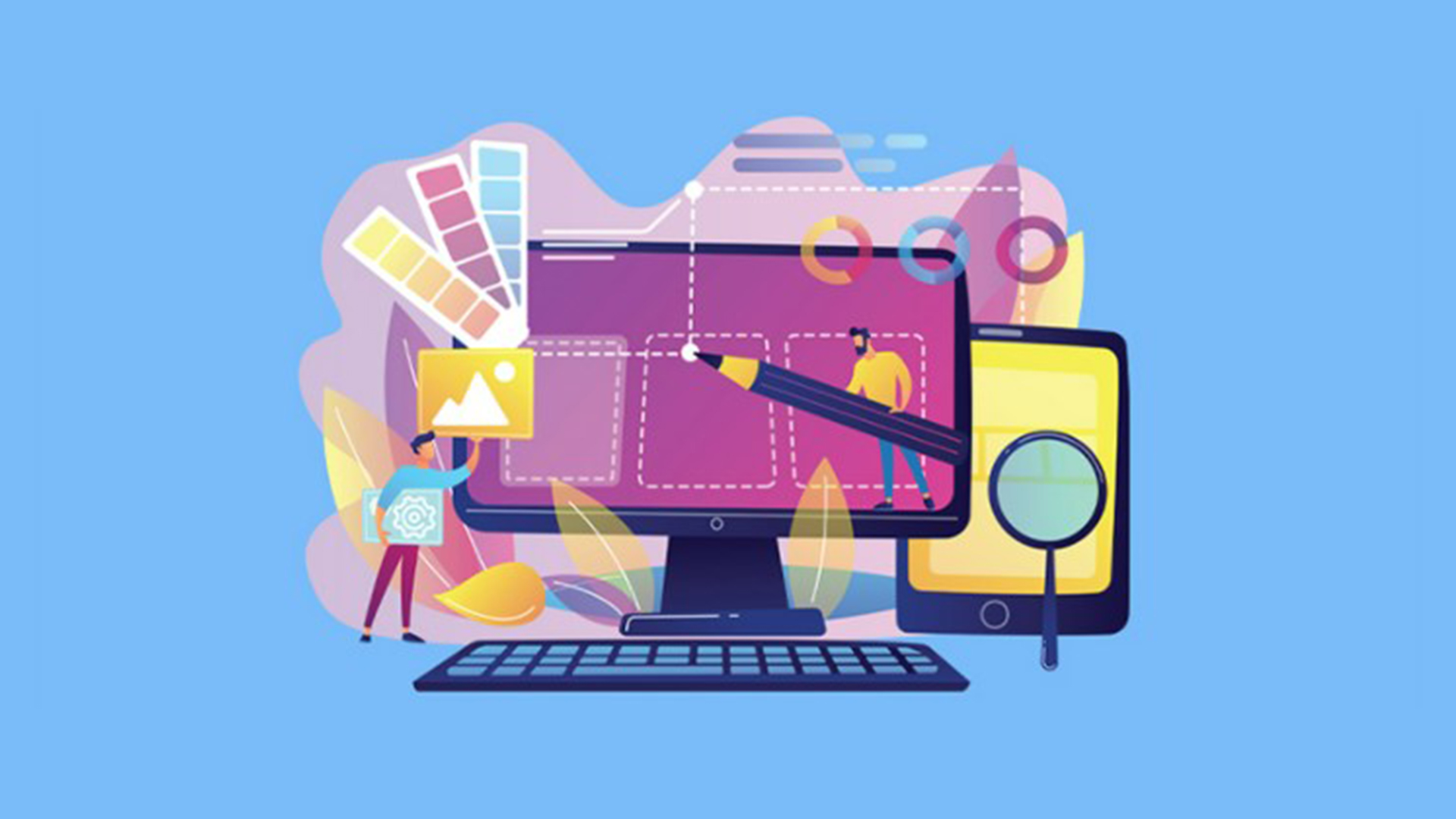All Categories
Featured
Table of Contents
- – Web Design Museum 1991 – 2006 Tips and Tricks:
- – Why Web Design Is Dead - - Ux Magazine Tips a...
- – Responsive Web Design - A List Apart Tips and...
- – Web Design Vs. Web Development - Upwork Tips ...
- – Web Design Tools & Software - Webflow Tips an...
- – Figma: The Collaborative Interface Design Too...
- – Web Design - Uci Division Of Continuing Educ...
- – Custom Website Design And Marketing - Inmoti...
- – Chavez Web Design: Web Design San Diego - Ba...
- – Why Good Web Design Is Important, And Why Yo...
- – Otc Web Design Girdwood, Alaska - Web Design...
Web Design Museum 1991 – 2006 Tips and Tricks:
Quick summary Functionality and the utility, not the visual style, figure out the success or failure of a website. Since the visitor of the page is the only person who clicks the mouse and for that reason chooses whatever, user-centric style has established as a basic approach for effective and profit-oriented website design - web design frederick md.
and the energy, not the visual design, identify the success or failure of a website. Because the visitor of the page is the only person who clicks the mouse and for that reason decides whatever, user-centric style has actually ended up being a standard approach for successful and profit-oriented website design. After all, if users can't use a feature, it may too not exist.
g. where the search box must be positioned) as it has currently been carried out in a number of posts; rather we focus on the approaches which, utilized appropriately, can lead to more sophisticated design choices and simplify the procedure of perceiving provided information. Please discover that you may be interested in the usability-related articles we've published prior to: Concepts Of Excellent Website Design And Efficient Website Design Standards, In order to utilize the concepts correctly we initially require to understand how users engage with sites, how they think and what are the basic patterns of users' behavior.
Why Web Design Is Dead - - Ux Magazine Tips and Tricks:
Visitors glimpse at each new page, scan some of the text, and click the first link that captures their interest or vaguely looks like the important things they're looking for. There are large parts of the page they do not even look at. Most users search for something interesting (or beneficial) and clickable; as quickly as some appealing prospects are found, users click.
If a page supplies users with top quality content, they want to jeopardize the material with ads and the design of the site. This is the reason not-that-well-designed sites with top quality material get a lot of traffic over years. Content is more crucial than the design which supports it.

Users do not read, they scan. Notice how "hot" locations abrupt in the middle of sentences. This is normal for the scanning procedure. Extremely basic principle: If a site isn't able to satisfy users' expectations, then designer stopped working to get his job done properly and the business loses cash. The higher is the cognitive load and the less user-friendly is the navigation, the more ready are users to leave the website and search for alternatives.
Responsive Web Design - A List Apart Tips and Tricks:
Neither do they scan webpage in a direct fashion, going sequentially from one website area to another one. Instead users satisfice; they choose the very first sensible option. As quickly as they find a link that looks like it may result in the goal, there is a really good opportunity that it will be immediately clicked.
It doesn't matter to us if we comprehend how things work, as long as we can utilize them. If your audience is going to act like you're designing signboard, then design terrific signboards." Users want to be able to manage their internet browser and depend on the consistent data discussion throughout the website.
If the navigation and website architecture aren't intuitive, the number of question marks grows and makes it harder for users to understand how the system works and how to obtain from point A to point B. A clear structure, moderate visual ideas and quickly recognizable links can help users to discover their path to their objective.
Web Design Vs. Web Development - Upwork Tips and Tricks:

Since users tend to check out websites according to the "F"-pattern, these 3 statements would be the very first aspects users will see on the page once it is packed. The style itself is easy and intuitive, to understand what the page is about the user needs to search for the answer.
Once you have actually achieved this, you can communicate why the system is beneficial and how users can benefit from it. Do Not Squander Users' Perseverance, In every job when you are going to offer your visitors some service or tool, try to keep your user requirements very little.
Novice visitors want to, not filling long web kinds for an account they might never ever use in the future. Let users check out the site and discover your services without requiring them into sharing personal data. It's not sensible to require users to get in an email address to evaluate the function.
Web Design Tools & Software - Webflow Tips and Tricks:
Stikkit is a best example for an user-friendly service which needs practically absolutely nothing from the visitor which is unobtrusive and reassuring. And that's what you want your users to feel on your web website. Apparently, Termite needs more. However the registration can be performed in less than 30 seconds as the type has horizontal orientation, the user doesn't even require to scroll the page.
A user registration alone is adequate of an obstacle to user navigation to cut down on inbound traffic. Manage To Focus Users' Attention, As sites offer both fixed and vibrant material, some aspects of the user interface bring in attention more than others do.
Focusing users' attention to particular locations of the website with a moderate usage of visual elements can assist your visitors to get from point A to point B without thinking of how it really is expected to be done. The less question marks visitors have, the they have and the more trust they can establish towards the business the site represents.
Figma: The Collaborative Interface Design Tool. Tips and Tricks:
Strive For Function Direct exposure, Modern web designs are usually criticized due to their approach of guiding users with aesthetically appealing 1-2-3-done-steps, big buttons with visual results and so on. From the style point of view these elements in fact aren't a bad thing.
The website has 9 primary navigation choices which are visible at the first glimpse. What matters is that the content is well-understood and visitors feel comfy with the way they connect with the system.
com gets directly to the point. No adorable words, no exaggerated statements. Instead a rate: simply what visitors are looking for. An optimum solution for effective writing is touse brief and concise phrases (come to the point as quickly as possible), use scannable layout (classify the material, utilize numerous heading levels, utilize visual elements and bulleted lists which break the flow of uniform text blocks), usage plain and objective language (a promotion doesn't require to seem like advertisement; give your users some reasonable and objective reason that they need to utilize your service or remain on your website)6.
Web Design - Uci Division Of Continuing Education Tips and Tricks:
Users are seldom on a website to enjoy the design; additionally, most of the times they are looking for the details despite the style - web design frederick md. Strive for simpleness rather of complexity. From the visitors' perspective, the best site style is a pure text, with no ads or more content obstructs matching exactly the inquiry visitors utilized or the material they have actually been looking for.
Finch clearly presents the details about the website and gives visitors a choice of alternatives without overcrowding them with unnecessary material. 7. Don't Be Scared Of The White Space, Really it's actually hard to overestimate the significance of white space. Not only does it help to for the visitors, however it makes it possible to perceive the details provided on the screen.
Complex structures are harder to check out, scan, examine and work with. If you have the choice between separating 2 design segments by a visible line or by some whitespace, it's generally much better to utilize the whitespace solution. (Simon's Law): the much better you manage to supply users with a sense of visual hierarchy, the simpler your content will be to view.
Custom Website Design And Marketing - Inmotion Hosting Tips and Tricks:
The very same conventions and guidelines need to be applied to all elements.: do the most with the least quantity of cues and visual elements. 4 major points to be thought about: simpleness, clearness, distinctiveness, and focus. Simplicity includes just the elements that are most important for communication. Clarity: all components should be developed so their significance is not uncertain.
Conventions Are Our Friends, Conventional design of site components does not lead to a dull web site. As they decrease the discovering curve, the need to figure out how things work. For instance, it would be a functionality nightmare if all websites had different visual presentation of RSS-feeds. That's not that different from our regular life where we tend to get utilized to standard principles of how we organize data (folders) or do shopping (placement of items).
understand what they're anticipating from a site navigation, text structure, search placement etc. A case in point from functionality sessions is to equate the page in Japanese (assuming your web users don't know Japanese, e. g. with Babelfish) and supply your usability testers with a task to find something in the page of various language.
Chavez Web Design: Web Design San Diego - Bakersfield ... Tips and Tricks:
Steve Krug recommends that it's better to, however benefit from conventions when you do not. 10. Test Early, Test Often, This so-called TETO-principle should be used to every website design job as use tests typically supply into substantial issues and issues connected to a provided design. Test not far too late, not too little and not for the incorrect reasons.
Some important points to bear in mind: according to Steve Krug, and screening one user early in the project is better than testing 50 near the end. Accoring to Boehm's first law, errors are most regular during requirements and style activities and are the more pricey the later on they are removed.
That suggests that you develop something, test it, repair it and after that evaluate it again. There may be issues which have not been discovered during the preliminary as users were virtually blocked by other issues. use tests. Either you'll be indicated the problems you have or you'll be indicated the absence of major style defects which is in both cases an useful insight for your task.
Why Good Web Design Is Important, And Why You Need It Tips and Tricks:

This holds for designers also. After you've dealt with a site for couple of weeks, you can't observe it from a fresh viewpoint any longer. You understand how it is constructed and for that reason you understand exactly how it works you have the knowledge independent testers and visitors of your site would not have.
It can be connected to other locations such as graphic style, user experience, and multimedia arts, however is more appropriately seen from a technological standpoint. It has actually ended up being a large part of individuals's daily lives. It is hard to imagine the Web without animated graphics, different styles of typography, background, videos and music.

Throughout 1991 to 1993 the World Wide Web was born. Text-only pages might be seen using a simple line-mode browser. There had actually been no integrated method to graphic design elements such as images or noises.
Otc Web Design Girdwood, Alaska - Web Design & Google ... Tips and Tricks:
The W3C was created in October 1994 to "lead the Web to its full capacity by establishing common procedures that promote its evolution and ensure its interoperability." This prevented any one business from monopolizing a propriety web browser and shows language, which might have changed the impact of the World Wide Web as a whole.
As this has actually taken place the technology of the web has actually also moved on. There have actually also been substantial changes in the way individuals utilize and access the web, and this has altered how sites are designed.
Learn more about Lovell Media Group LLC or TrainACETable of Contents
- – Web Design Museum 1991 – 2006 Tips and Tricks:
- – Why Web Design Is Dead - - Ux Magazine Tips a...
- – Responsive Web Design - A List Apart Tips and...
- – Web Design Vs. Web Development - Upwork Tips ...
- – Web Design Tools & Software - Webflow Tips an...
- – Figma: The Collaborative Interface Design Too...
- – Web Design - Uci Division Of Continuing Educ...
- – Custom Website Design And Marketing - Inmoti...
- – Chavez Web Design: Web Design San Diego - Ba...
- – Why Good Web Design Is Important, And Why Yo...
- – Otc Web Design Girdwood, Alaska - Web Design...
Latest Posts
Lifted Logic: Web Design In Kansas City - Seo - Website ... Tips and Tricks:
Learning Web Design: A Beginner's Guide To Html, Css ... Tips and Tricks:
Top Web Design Companies - Find Web Designers Here Tips and Tricks:
More
Latest Posts
Lifted Logic: Web Design In Kansas City - Seo - Website ... Tips and Tricks:
Learning Web Design: A Beginner's Guide To Html, Css ... Tips and Tricks:
Top Web Design Companies - Find Web Designers Here Tips and Tricks: